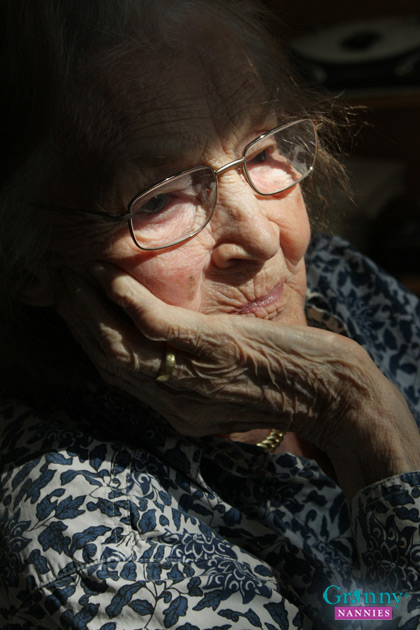 What Aging Boomers need to know about the signs and types of Elder Abuse
What Aging Boomers need to know about the signs and types of Elder Abuse
Boomers, listen up. Here’s an issue you should not only care about because it affects your parents, aunts, and uncles. But it’s going to affect your generation big time. Elder abuse is a mistreatment of the elderly through actions that intentionally harm or create a risk of harm to an elderly person by a trusted/known individual or caregiver. Approximately 1 in 10 Americans aged 60+ have experienced some form of elder abuse. Some estimates range as high as 5 million elders who are abused each year. By 2050, 19 million Americans will be over the age of 85! This is known as the Boomer Effect. Healthier, longer living Boomers is something to celebrate, on one hand. But on the other hand, the older the person is, the more likely it is that this person will be abused.
So, what can Boomers do to help? Get familiar with the types of things that can harm your elderly loved ones, so you know what areas of their life you need to keep an eye on to keep them out of harm’s way.
Emotional abuse means verbal assaults, threats of abuse, harassment, or intimidation by someone they know. Look for unexplained withdrawal from normal activities, a change in alertness, or unusual depression; strained or tense relationships; frequent arguments between the caregiver and older adult.
Financial abuse is the withholding of an older adult’s resources by another. Look for sudden changes in financial situations
Passive neglect is a caregiver’s failure to provide an older adult with life’s necessities, including, food, clothing, shelter, or medical care. Look for bedsores, unattended medical needs, poor hygiene, unusual weight loss
Physical abuse, neglect, or mistreatment: Look for bruises, pressure marks, broken bones, abrasions, burns
Sexual abuse means touching, fondling, intercourse, or any other sexual activity with an older adult, when the older adult is unable to understand, unwilling to consent, threatened, or physically forced. Look for unusual anxiety or withdrawal from social situations.
It’s a lot to process. And what makes elder abuse more complicated is that evidence of abuse may even be overlooked by their regular healthcare professionals, perhaps due to lack of training. Another complication is when an elderly individual has communication issues or barriers, making it impossible for them to express or report the abuse. Because the highest majority of abusers come from within the family, the senior citizen may not want to get their loved ones in trouble and fail to report their actions as abuse.